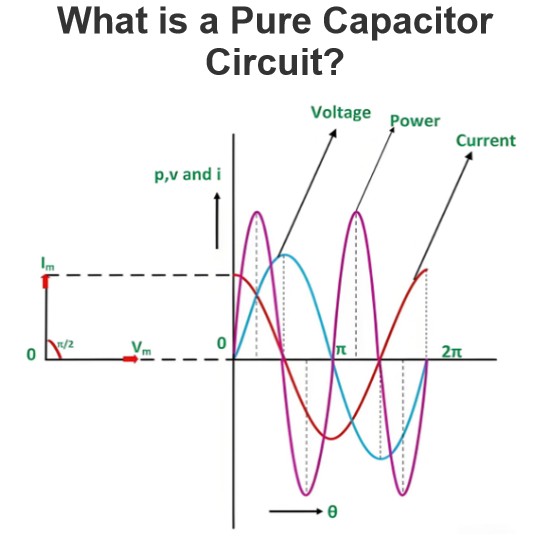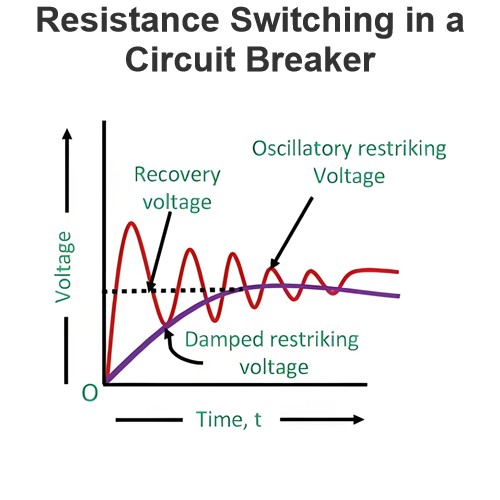Understanding Sinusoidal Wave Signals
A sinusoidal wave signal is a type of continuous wave that has a smooth and repetitive oscillation. It is based on the sine or cosine trigonometric function, which describes the curve of the wave. Sinusoidal wave signals are common in mathematics, physics, engineering, signal processing, and many other fields. In this article, we will explain what a sinusoidal wave signal is, how it is characterized, and why it is important.
What is a Signal?
Before we define a sinusoidal wave signal, let us first understand what a signal is in general. A signal is a representation of any quantity that varies over time or space. For example, the sound of a voice, the temperature of a room, the voltage of a battery, and the position of a car are all signals. Signals can be measured and recorded as values at different points in time or space.
A signal can be graphed as a function of time or space, showing how the value changes over the domain. This is called the graphical representation of the signal. For example, the graph below shows a signal that represents the temperature of a room over one day.
Some signals are constant, meaning they do not change their value over time or space. For example, the speed of light and the acceleration due to gravity are constant signals. Some signals are time-varying or space-varying, meaning they change their value over time or space. For example, the sound of a voice and the voltage of a battery are time-varying signals.
Some signals are periodic, meaning they repeat their pattern after a fixed interval of time or space. For example, the temperature of a room over one day is a periodic signal, because it repeats every 24 hours. Some signals are non-periodic, meaning they do not repeat their pattern over time or space. For example, the sound of a voice is a non-periodic signal, because it does not have a fixed pattern.
What is a Sinusoidal Wave Signal?
A sinusoidal wave signal is a special type of periodic signal that has a smooth and repetitive oscillation. It is based on the sine or cosine trigonometric function, which describes the curve of the wave. The graph below shows an example of a sinusoidal wave signal.
A sinusoidal wave signal can be expressed mathematically as:

y(t)=Asin(2πft+φ)=Asin(ωt+φ){\displaystyle y(t)=A\sin(2\pi ft+\varphi )=A\sin(\omega t+\varphi )}
where:
y(t) is the value of the signal at time t
A is the amplitude of the signal, which is the maximum deviation from zero
f is the frequency of the signal, which is the number of cycles per second
ω= 2πf is the angular frequency of the signal, which is the rate of change of the angle in radians per second
φ{\displaystyle \varphi }is the phase of the signal, which is the initial angle at time t= 0
The frequency and angular frequency determine how fast the signal oscillates. A higher frequency or angular frequency means more cycles in less time, and vice versa. The phase determines when the signal starts its cycle. A positive phase means an advance in time, and a negative phase means a delay in time.
A sinusoidal wave signal completes one cycle when it goes from zero to positive peak to zero to negative peak, and back to zero. The duration of one cycle is called the period (T) of the signal, which is inversely proportional to the frequency:
T=1/f{\displaystyle T=1/f}
The distance between two consecutive peaks or troughs is called the wavelength (λ) of the signal, which is inversely proportional to the angular frequency:
λ=2π/ω{\displaystyle \lambda =2\pi /\omega }
The shape of a sinusoidal wave signal does not change when it is added to another sinusoidal wave signal of the same frequency and arbitrary amplitude and phase. This property makes sinusoidal wave signals useful for analyzing complex signals using the Fourier series and Fourier transform.
Why are Sinusoidal Wave Signals Important?
Sinusoidal wave signals are important for many applications in electrical and electronic engineering domains. Some of the major applications are:
Audio Systems
Audio systems use sinusoidal wave signals to record and reproduce sound. Sound waves are variations in air pressure that can be represented as sinusoids of different frequencies and amplitudes. Microphones convert sound waves into electrical sinusoidal signals, which can be amplified, processed, stored, or transmitted. Speakers convert electrical sinusoidal signals back into sound waves by vibrating a diaphragm. We can also synthesize sound by using electronic oscillators to generate sinusoidal signals of desired frequencies and amplitudes.
Wireless Communication
Wireless communication systems use sinusoidal wave signals to transmit and receive information over electromagnetic waves. Electromagnetic waves are composed of sinusoidally oscillating electric and magnetic fields that propagate through space. Radio systems modulate the amplitude, frequency, or phase of a sinusoidal carrier signal with the information signal to encode the data. The modulated signal is then amplified and radiated by an antenna. The receiver antenna captures the electromagnetic wave and demodulates the signal to recover the information.
Power Systems
Power systems use sinusoidal wave signals to generate and distribute electrical power. Sinusoidal AC voltage has the advantage of being easily transformed to different voltage levels by using transformers. This facilitates the transmission of power over long distances with minimal losses. Most power generators produce sinusoidal AC voltage by rotating a coil in a magnetic field or vice versa. Most household appliances and industrial equipment also operate on sinusoidal AC voltage.
Signal Analysis
The signal analysis uses sinusoidal wave signals to simplify the mathematical representation and manipulation of complex signals. According to the Fourier series and Fourier transform, any periodic or non-periodic signal can be decomposed into a sum of sinusoidal signals of different frequencies, amplitudes, and phases. This allows us to analyze the frequency spectrum, harmonic content, power, bandwidth, and other properties of a signal using simple algebraic operations.
Summary
A sinusoidal wave signal is a type of continuous wave that has a smooth and repetitive oscillation. It is based on the sine or cosine trigonometric function, which describes the curve of the wave. A sinusoidal wave signal can be characterized by its amplitude, frequency, angular frequency, period, wavelength, and phase. Sinusoidal wave signals are important for many applications in electrical and electronic engineering domains, such as audio systems, wireless communication systems, power systems, and signal analysis.
Source: Electrical4u.
Statement: Respect the original, good articles worth sharing, if there is infringement please contact delete.
Electrical4U is dedicated to the teaching and sharing of all things related to electrical and electronics engineering.













